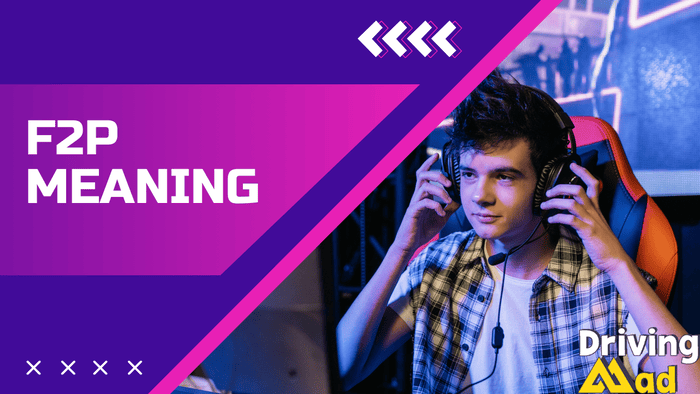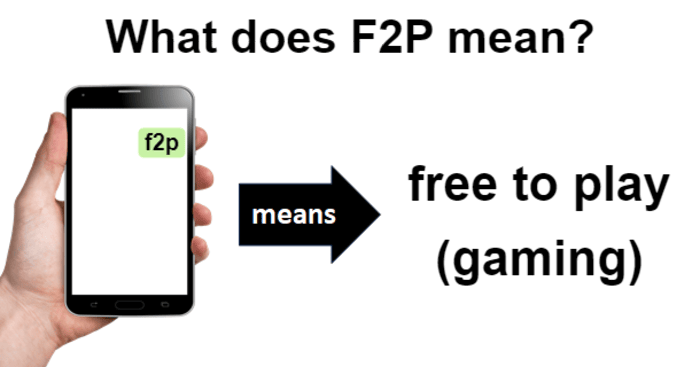F2P, or “Free to Play,” allows players to play the main game without paying upfront. However, they might find in-game purchases for extra content, features, or benefits.
Gamers, let’s talk about a vital gaming term! Today, on gametree.me, we explain “F2P,” a model that changed gaming.
Whether you play often or just started, knowing F2P helps in today’s gaming world. Let’s improve your gaming knowledge!
F2P in gaming lets players enjoy a game without paying at the start. This model allows users to download and play without spending money first. It seems like a great deal, but there’s more to it.
These games offer the primary experience for free, but there’s often a twist. Want a unique skin? Need more lives? Hoping to level up faster?
The game may prompt players to spend real money. It’s like trying a free sample and then feeling the urge to buy the entire product.

Here’s the answer – F2P means “Free to Play.” Sounds simple, right? It works just as the name suggests.
Players can access the game without paying anything upfront—no need to use a credit card to download or start playing.
However, free-to-play does not mean completely free. Many F2P games earn money through in-game purchases called microtransactions.
These may include cosmetic items, power-ups, or options to skip waiting times.
Where Did F2P Come From?
F2P has existed for a long time but has become popular with online and mobile gaming. The phrase likely appeared in the early 2000s when online games sought ways to attract more players.
One of the first to use this model was the Korean MMORPG “MapleStory,” released in 2003.

Players could download and play for free but had the option to buy in-game items. This approach became very successful, especially in Asia.
With the rise of smartphones, F2P fits well into mobile gaming. Titles like “Candy Crush Saga” and “Clash of Clans” proved their profitability.
Major publishers later joined in, and in 2011, “Team Fortress 2” adopted the F2P model.
Free-to-Play and Pay-to-Play
Now, let’s explain how F2P is different from Pay-to-Play (P2P):
| Aspect | Free-to-Play (F2P) | Pay-to-Play (P2P) |
| Initial Cost | No payment is needed. Download and start playing at no cost. | You must pay first, either once or through a subscription. |
| Ongoing Expenses | Spending money in-game is optional. You decide when to buy. | It may require a subscription. Some also sell in-game items. |
| Content Access | The main game is free, but some parts may need payment. | Usually includes all content after purchase. |
| Updates | Frequent updates keep players interested and encourage spending. | Updates come with the purchase, but big expansions may cost extra. |
| Player Base | More players join since it is free to access. | There are fewer players, but they are often more dedicated. |
| Gameplay Balance | Some fear it becomes ‘pay-to-win.’ | It is generally more balanced since all players pay the same. |
Note:
Keep in mind no model is always better. The right choice depends on the game and how developers use it.
Some F2P games let players enjoy them without spending money, while others keep pushing for purchases. On the other hand, some P2P games may not be worth their cost.
That’s all, gamers! Now you understand F2P. Whether you try a new free-to-play game or stick with a pay-to-play favorite, you know what happens behind the scenes.

